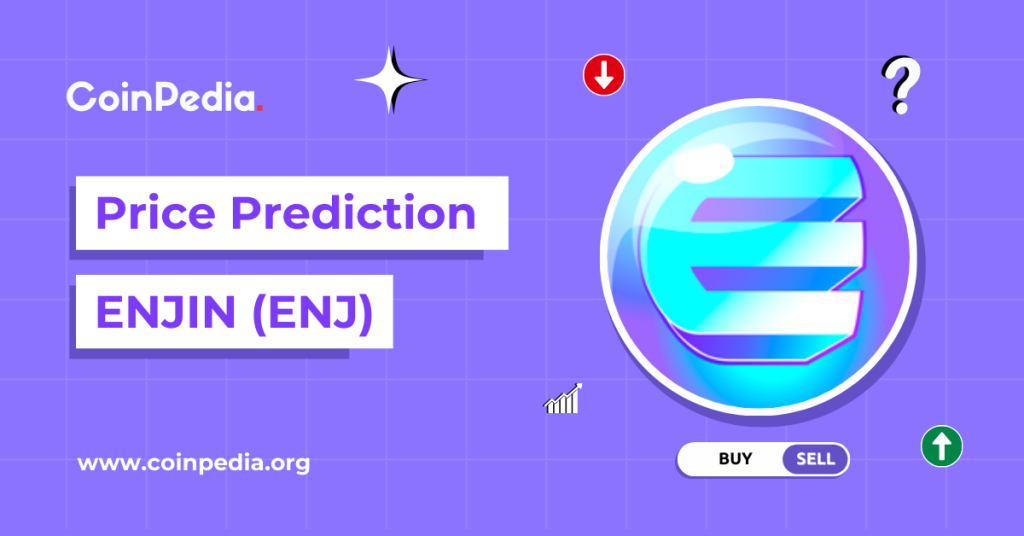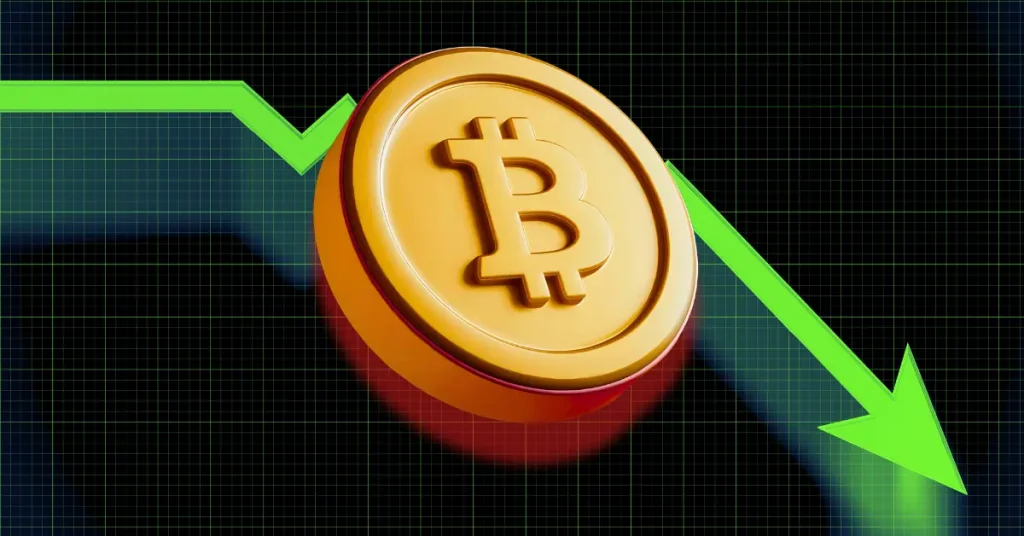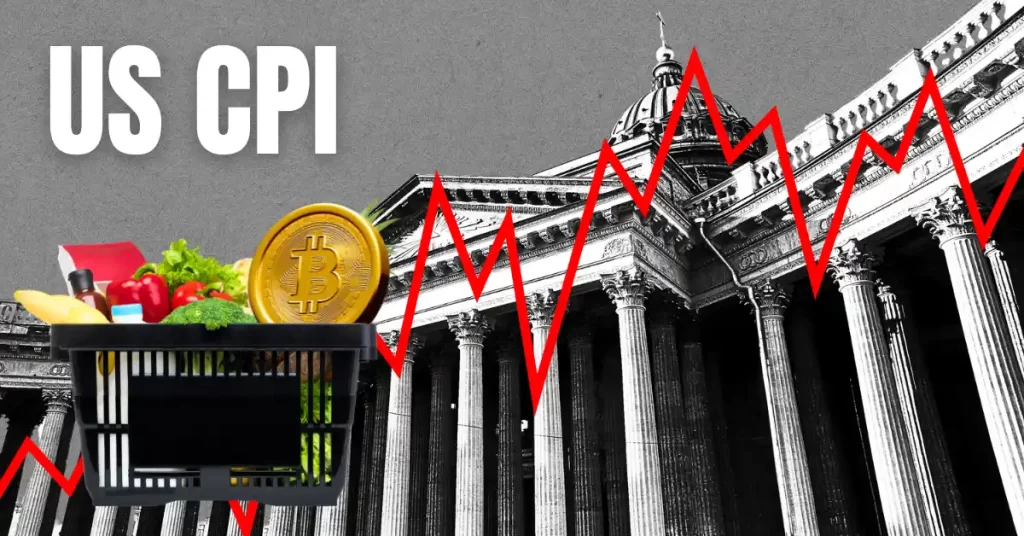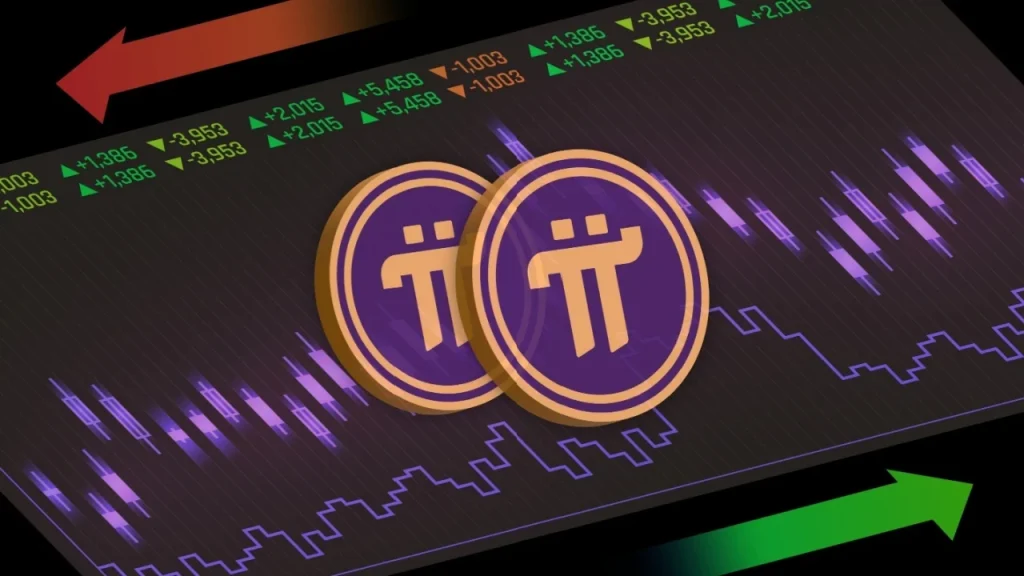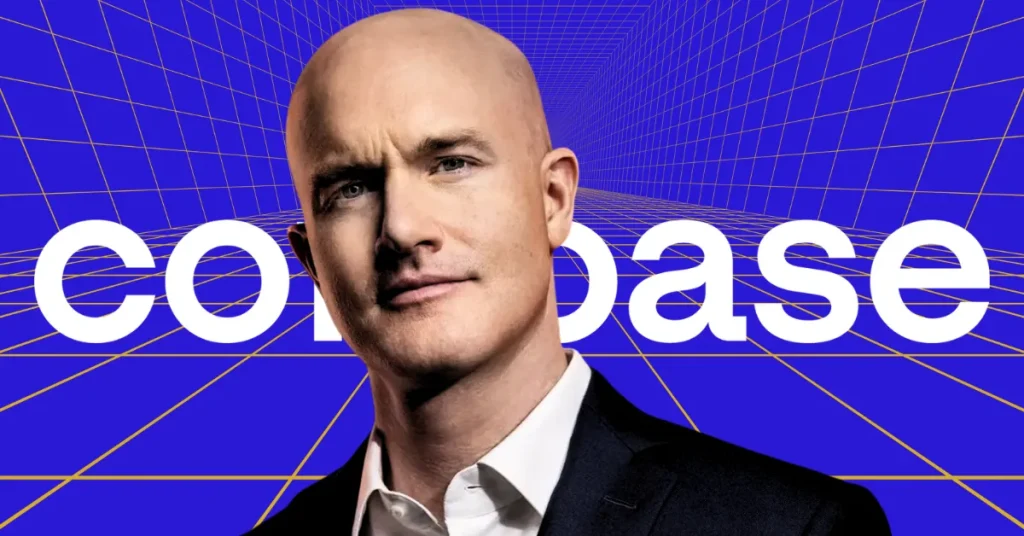While MicroStrategy co-founder Michael Saylor continues to push boundaries with bold acquisition plans and proposals for integrating Bitcoin into the US economy, Australia is nearing Europe in the number of Bitcoin ATMs, reflecting the increasing accessibility of digital currencies worldwide. Australia’s Bitcoin ATM Boom: Nearing European Totals in Global Crypto Expansion Australia’s Bitcoin automated teller machine (ATM) network has been growing at an impressive pace, positioning the country as a global leader in cryptocurrency accessibility. Over the past 29 months, the number of Bitcoin ATMs in Australia has consistently increased, bringing the total to 1,359 as of December 2024. According to data from Coin ATM Radar , this accounts for 3.5% of all Bitcoin ATMs globally, cementing Australia's position as the third-largest Bitcoin ATM network in the world. This consistent growth brings Australia close to surpassing Europe in the number of Bitcoin ATMs, with Europe hosting 1,660 machines. Should the trend continue, Australia is on track to solidify itself as a global hotspot for cryptocurrency adoption, trailing only the United States and Canada. Australia’s net positive addition of Bitcoin ATMs over the last 29 months is indicative of the country’s commitment to advancing cryptocurrency adoption. The steady increase suggests growing public interest in digital currencies and a supportive ecosystem for crypto transactions. Despite Australia’s achievements, North America remains the uncontested leader in Bitcoin ATM installations. The United States is home to an astonishing 31,516 Bitcoin ATMs, representing a staggering 81.3% of the global total. Canada follows with 3,027 machines, contributing an additional 7.8%. Together, these two countries account for over 90% of all Bitcoin ATMs worldwide. In comparison, Europe and Oceania each contribute approximately 4% to the global Bitcoin ATM network. Asia, despite its vast population and growing interest in digital currencies, lags significantly, with only 0.9% of Bitcoin ATMs globally. As of December 2024, there are 38,753 Bitcoin ATMs operational worldwide. The continued expansion of these machines comes amid the growing demand for convenient cryptocurrency transactions. Bitcoin ATMs play a crucial role in enhancing accessibility, allowing users to buy and sell cryptocurrencies with ease. The Rising Threat of Bitcoin ATM Scams While Bitcoin ATMs symbolize progress in cryptocurrency adoption, they also bring challenges, particularly in combating fraud. In 2023, the United States Federal Trade Commission (FTC) reported a surge in scams involving Bitcoin ATMs, with fraudsters exploiting the anonymity and speed of crypto transactions to target unsuspecting victims. Losses from these scams exceeded $110 million, highlighting the need for enhanced security measures. To address these concerns, lawmakers in the US have urged major Bitcoin ATM operators to implement stricter anti-fraud measures. A particular focus has been placed on protecting vulnerable demographics, such as the elderly, who are often targeted by scammers. Australia’s Bitcoin ATM growth signals the country’s rising prominence in the global cryptocurrency market. With continued expansion, Australia is poised to strengthen its position as a leader in crypto accessibility, potentially surpassing Europe in the near future. As the global crypto ecosystem evolves, challenges such as fraud must be addressed to ensure that Bitcoin ATMs remain a trusted and secure gateway for cryptocurrency adoption. For now, Australia’s steady progress signals a bright future for digital currency infrastructure in the region. The rise of Bitcoin ATMs in Australia suggests there is a growing acceptance of cryptocurrencies as a mainstream financial instrument. As Australia approaches Europe in the number of Bitcoin ATMs, it showcases the country's dedication to building a robust crypto ecosystem. However, as this expansion continues, addressing the accompanying risks, such as fraud, will be critical to sustaining the momentum and trust in the industry. MicroStrategy’s Strategy and Vision for Digital Asset Growth In other Bitcoin news, MicroStrategy co-founder Michael Saylor, a prominent BTC advocate, has once again stirred speculation within the cryptocurrency market. On Dec. 29, 2024, Saylor posted the Bitcoin chart from SaylorTracker.com on X, captioned with a cryptic message: “Disconcerting blue lines on SaylorTracker.com.” His posts have become a Sunday ritual that often precedes MicroStrategy’s Bitcoin purchases on Monday, creating anticipation among market participants. MicroStrategy completed its latest Bitcoin acquisition on Dec. 22, 2024, buying 5,200 BTC at an average price of $106,000 per coin. This purchase, while significant, marked the company’s smallest acquisition since July 2024. Despite the lower volume, the move reaffirmed MicroStrategy’s mission to accumulate Bitcoin regardless of market conditions—a strategy Saylor has vocalized in the past. Saylor’s unwavering confidence in the leading crypto has positioned MicroStrategy as a leveraged bet on BTC. The company’s market performance is now closely tied to Bitcoin’s price movements, with traders viewing MicroStrategy as a proxy for Bitcoin’s health and trajectory. In December 2024, MicroStrategy called for a special shareholders meeting to discuss its ambitious 21/21 Plan, which aims to fund further Bitcoin acquisitions. The plan outlines raising $42 billion over the next three years through a combination of equity offerings and fixed-income corporate securities—$21 billion from each avenue. This aggressive strategy is part of Saylor’s long-term vision of making Bitcoin a cornerstone asset for the company. The funds raised will bolster MicroStrategy’s holdings, further solidifying its position as the largest corporate Bitcoin holder globally. Beyond his corporate endeavors, Saylor has also proposed a comprehensive framework for digital assets in the United States. His ambitious plan includes the establishment of a Bitcoin strategic reserve that could offset the US national debt by providing the Treasury with $16 trillion to $81 trillion in asset wealth. The proposal is centered on growing the digital asset market capitalization to $10 trillion, which Saylor argues would enhance the demand for the US dollar and government securities. This, in turn, could cement the dollar’s status as the global reserve currency in an increasingly digital economy. A Taxonomy for Digital Assets As part of his framework, Saylor has outlined a detailed taxonomy for digital assets, categorizing them into six distinct classes: Digital Commodities – Assets like Bitcoin that function as a store of value. Digital Securities – Blockchain-based representations of traditional securities. Digital Currencies – Cryptocurrencies designed for transactions. Digital Tokens – Utility tokens with specific functionalities in ecosystems. Non-Fungible Tokens (NFTs) – Unique assets representing ownership or rights. Digital ABTs This classification aims to provide clarity and structure to the digital asset market, fostering a regulatory environment conducive to growth and innovation. Saylor’s vision extends beyond MicroStrategy’s balance sheet, aiming to redefine the role of digital assets in the global financial system. His proposals for integrating Bitcoin into the US economic framework shed light on the growing influence of digital currencies on macroeconomic policy. While MicroStrategy’s aggressive Bitcoin acquisitions have drawn both praise and skepticism, the company’s strategy has undeniably shaped perceptions of corporate crypto adoption. As Saylor continues to champion Bitcoin as the premier digital commodity, MicroStrategy’s moves remain a barometer for institutional interest in the cryptocurrency space. Michael Saylor and MicroStrategy have become synonymous with Bitcoin’s corporate adoption, pushing the boundaries of how traditional businesses engage with digital assets. From bold acquisition strategies to visionary frameworks for national economic integration, Saylor’s leadership reflects a deep conviction in Bitcoin’s transformative potential. As the cryptocurrency market evolves, MicroStrategy’s actions and Saylor’s proposals will likely serve as a litmus test for the scalability and legitimacy of Bitcoin in the global economy. Whether through strategic acquisitions or ambitious policy frameworks, Saylor’s enduring belief in Bitcoin continues to shape the narrative of cryptocurrency adoption worldwide.




